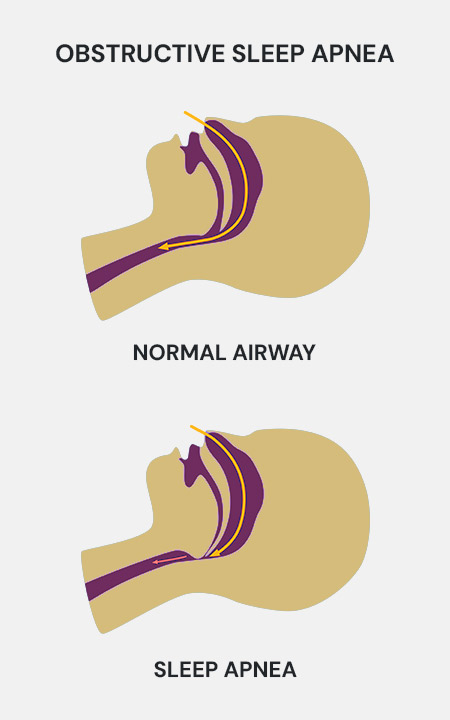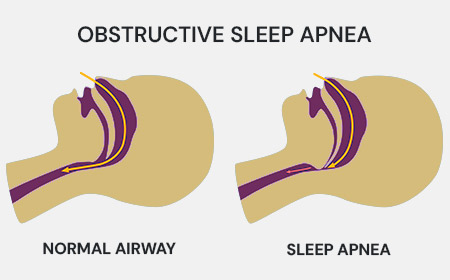Airway-related dentistry addresses how the structure and function of the oral and facial regions affect breathing, particularly during sleep. Dentists play a crucial role in identifying and managing airway issues that impact overall health.
-
Signs of Airway Issues
- Mouth Breathing: Often leads to dry mouth and poor sleep quality.
- Snoring: Can be a sign of obstructed airflow.
- Scalloped Tongue: Indicates restricted space in the mouth.
- Daytime Fatigue: May result from disrupted sleep patterns.
-
Common Conditions
- Obstructive Sleep Apnea (OSA): Repeated airway blockages during sleep.
- Upper Airway Resistance Syndrome (UARS): Increased effort to breathe due to airway resistance.
- Mouth Breathing: Can cause or result from poor airway development.
-
Dental Impacts
- Bruxism: Teeth grinding often linked to airway issues.
- Malocclusion: Misalignment of teeth and jaws.
- Enlarged Tonsils/Adenoids: Can obstruct airflow.
- Narrow Jaws/ High-Arched Palate: May indicate airway restrictions.
-
Treatment Approaches
- Oral Appliances: Devices to advance the jaw and open the airway.
- Orthodontics: Palate expansion and jaw alignment.
- Myofunctional Therapy: Exercises to improve tongue posture and breathing.
- Collaborative Care: Working with sleep specialists and ENT doctors
-
Pediatric Focus
Early intervention is crucial in children to support proper airway development. Treatments may involve interceptive orthodontics, habit correction (thumb sucking, tongue thrust), and encouraging nasal breathing.


